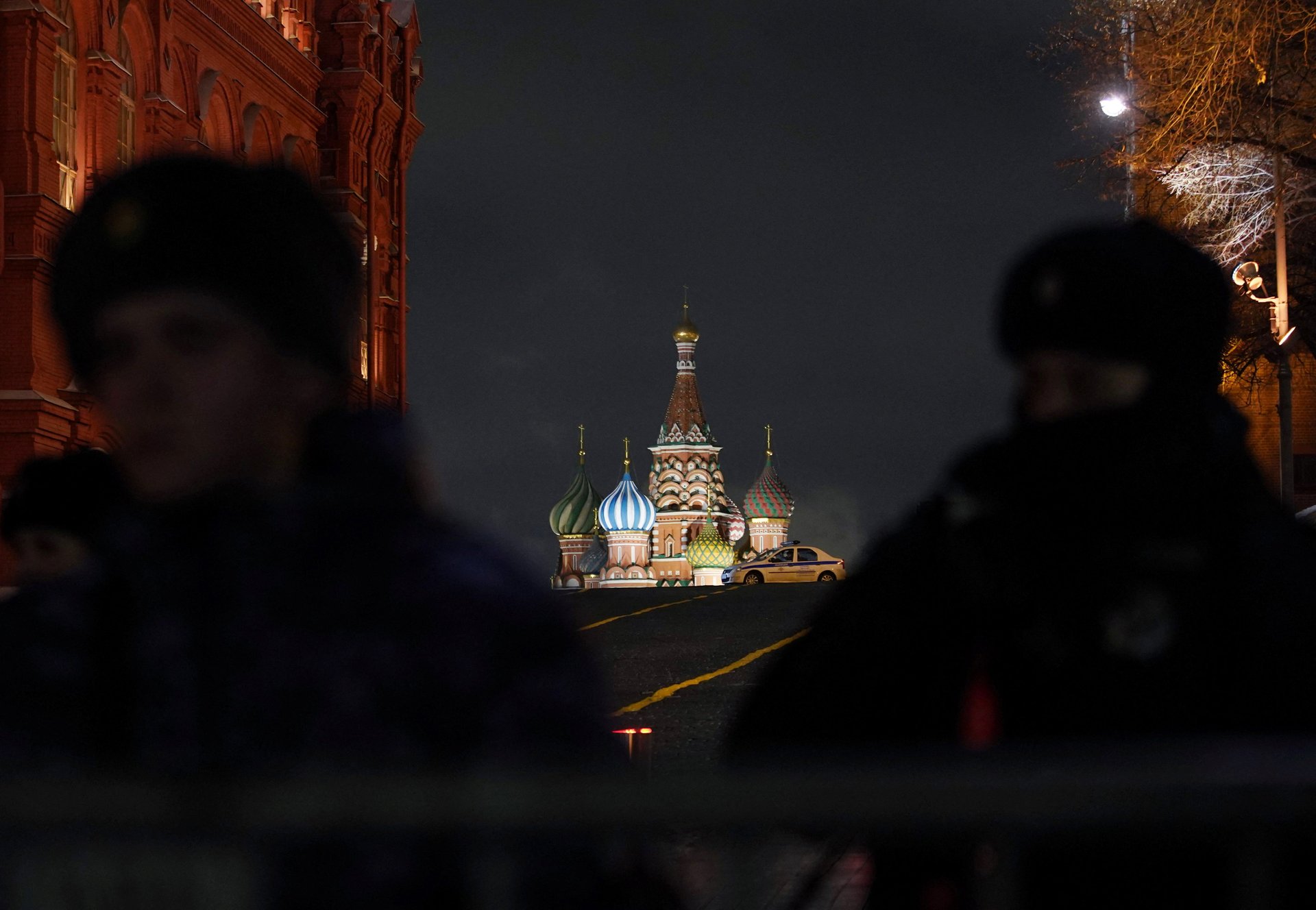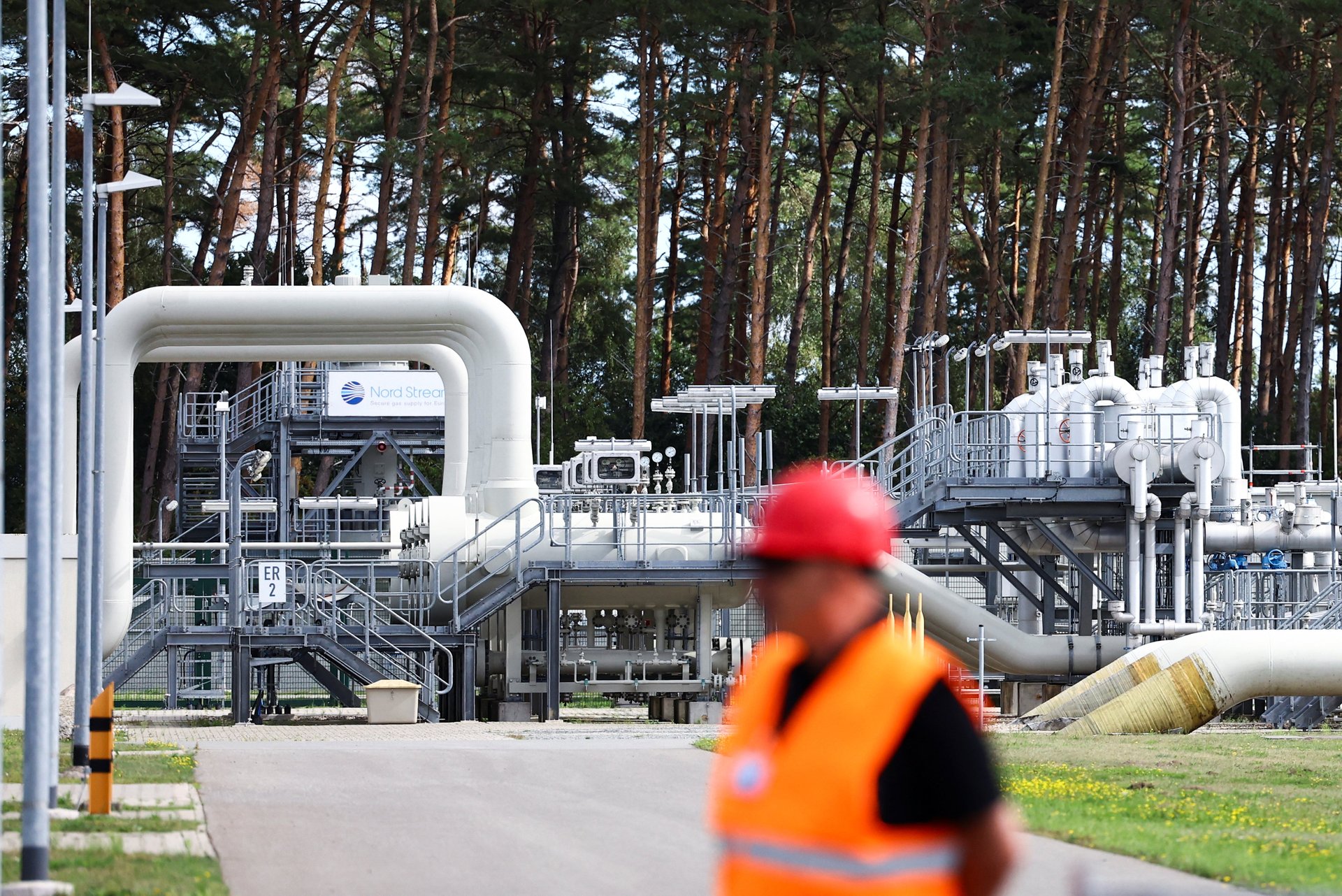How Russia's economy unexpectedly survived a year of war and sanctions
The Russian government reworked its economy better than experts predicted in 2022

It didn’t take long after Russia invaded Ukraine in February 2022 for Western sanctions to come crashing down on Moscow—volley after punitive volley of economic constraints, all designed to hobble Russia and its citizens from transacting on the world market.
The Russian sanctions were the harshest and most comprehensive in nearly a century. In particular, severing Russia’s links with the international financial system was, in a globalized economy, thought to be something akin to a finishing move in a video game. How could a country so dependent on selling fuel overseas ever recover from that?
“What we’ve done to Russia over the last weeks has blown the top off sanctions,” Julia Friedlander, director of the Economic Statecraft Initiative at the Atlantic Council, told Quartz last March.
Why did the experts get it wrong? Or, in other words: How did Russia’s economy prove resilient in the face of such heavy sanctions?
Russia prepared for sanctions for years
Since 2014, when Russia annexed the Crimea and encountered its first round of economic restrictions, Moscow has been “sanctions-proofing its economy,” said Liam Peach, a senior economist at Capital Economics, a London-based research organization. This involved companies and banks shedding external debt, thereby reducing their reliance on Western financing. Russia’s gross external debt shrank from 41% of GDP in 2016 to 27% in 2021.
The strategy even came with a catchy name: Fortress Russia. But analysts forecasted last March that all this sanctions-proofing would be insufficient. One asset manager predicted to the Economist: “From Fortress Russia to Rubble Russia in a week.”
How Russian trade adapted to sanctions
In the first few weeks of sanctions, Russian consumers felt the acute squeeze of being suddenly deprived of imports. In early March 2022, Alex Suvalko, a cultural studies scholar at a Moscow university, went to an IKEA to buy a refrigerator and other supplies for his new apartment, only to find that it had been cleaned out by shoppers. “I had to drive to an IKEA in Nizhny Novgorod, which is about 450 km away, to buy these things,” Suvalko told Quartz at the time. He was lucky; the next day, IKEA announced that it was closing its stores and factories in Russia.
Soon enough, though, Russia reoriented itself, importing consumer goods mostly from—or through—China, Kazakhstan, and Turkey. Peach, at Capital Economics, said that Russia does still find it difficult to import some high-tech goods. That explains, for example, why Russia produced 60% fewer cars in 2022 than in 2021.
“It’s because the car sector depended on imported parts, a lot of which came from Germany, and on imported semiconductors,” Peach said. But the automotive industry makes up just 0.3% of Russia’s output, he pointed out. Its withering left only a small dent in the economy.

The other great realignment came in Russia’s energy exports. As the West, and Europe in particular, tried both to sanction Russian fuel and to wean themselves off Russian oil and gas, Moscow found other big buyers: China and India. These sales were discounted, but commodity prices soared through most of 2022, which brought Russia a windfall. Europe couldn’t quit Russian gas cold turkey either; in the third quarter of last year, Russian fuel still made up around 15% of all EU energy imports.
Oil and gas revenues, as a contribution to the Russian budget, actually increased by 28% in 2022. Through the year, Russia’s current account surplus—the difference between money entering and money leaving the country—hit a record high of $227 billion. Sanctions and military spending notwithstanding, Russia grew flush with cash.
How the Russian central bank saved its country from collapse
To avoid a recession, Russia’s central bank cut rates repeatedly last year, releasing a tide of liquidity into the financial system. This helped stave off a banking collapse, Peach said. “Most of the losses that Russian banks suffered last year were because of canceling contracts after they were cut off from SWIFT,” he said. “They haven’t made losses on non-performing loans at all.”
Unlike in the US, central bankers didn’t have to worry too much about consumer-fed inflation. “Households were unwilling to spend—they were saving, because a war is a time of uncertainty,” Peach said. But to keep the economy ticking, the state spent more. In a report, the Russian economist Oleg Vyugin estimated that additional expenditure by the state in 2022 came to around 4% of GDP, or nearly $73 billion.
What will happen to the Russian economy in 2023?
Still, a new year brings new circumstances.
In 2023, government expenditure will start stoking inflation, and consumers will likely start spending again, Peach said, adding the central bank is likely to start hiking rates again in April. Oil and gas prices have declined dramatically, and a relatively mild European winter has constricted Russia’s energy revenues. “And we are starting to see labor shortages, because so many people left Russia or were mobilized into the war last September,” Peach said. One study (link in Russian) published last November showed that a third of the industrial sector risked losing personnel to the draft.
“What we’re seeing in Russia, in the medium term, is that its growth prospects are being strangled,” Peach said. “It will become a much less efficient economy, characterized by higher inflation, and it will be a slow-growing economy.” Vyugin, in his report, argued that oil and gas profits will fall so much that the government will have to borrow to fund the budget deficit.
Eventually, experts agree, the sanctions will bite and the Russian economy will buckle and sag. It’s just a slower-moving film than the West initially expected or hoped.
